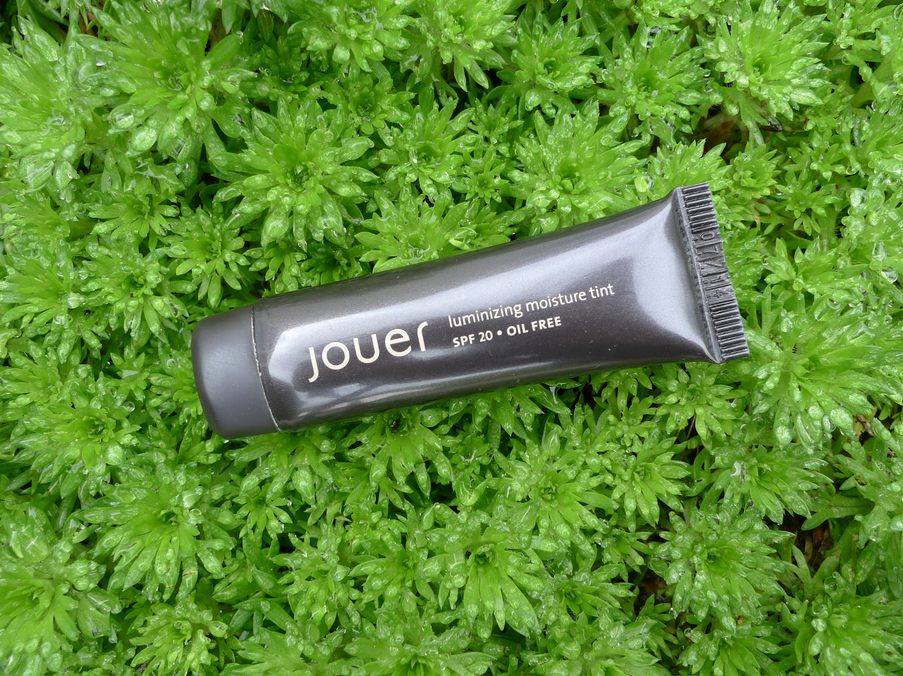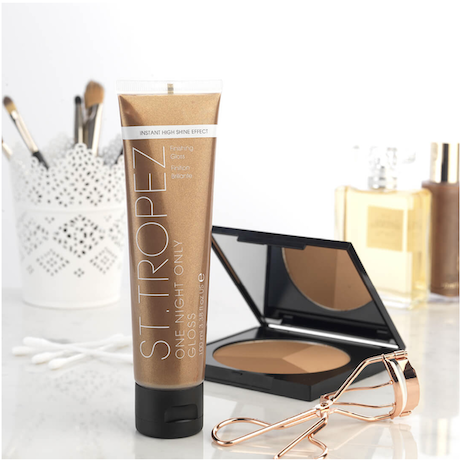makeup decoded! in which we tackle skincare

The first time I decoded makeup vocabulary for Stylebook readers, I really focused on makeup proper. There are, however, a few more things to know. So, this time it’s more skincare than makeup. But equally helpful…maybe even more so!
– Tinted Moisturizer: This is not to be used in place of a daily moisturizer. The term “tinted moisturizer” mainly refers to the texture of the product. It will have slightly more moisture and slightly sheerer coverage than a traditional liquid foundation, but you still need to be prepping your skin with moisturizer before using a tinted moisturizer.
– BB Cream vs CC Cream: “BB” stands for “Beauty Balm.” It’s similar coverage to a tinted moisturizer. A BB will have five things in it: anti-agers, SPF, tint, more moisture than a tinted moisturizer, and primer. “CC” stands for “Color Correction.” Some CC creams are similar in coverage to a BB cream, some are used almost as a color-correcting primer (e.g., green-toned for redness, etc.), and some are for active correction of hyperpigmentation. Different brands do different things, so just know what you’re buying before you buy one or the other.
– Non-Comedogenic: Won’t clog your pores. “Comedones” is the dermatologic name for white- or blackheads. The meaning is slightly different, but it’s a pretty comparable term to “non-acnegenic.” If you are extremely acne-prone, you may prefer to find products with the “non-acnegenic” label.
– Hypoallergenic: Things with this on the label mean they’re less likely to provoke an allergic reaction in most skin types. Sometimes this translates to purer ingredients, sometimes it translates to simply having fewer. If you have skin allergies, though, it’s always wise to learn the official names of your allergens. (E.g., if you see anything with “tocopherol” in the ingredients, it means it contains vitamin E.)
– Broad Spectrum (as seen on SPF products): This protects against both UVA and UVB rays. A refresher–UVA rays are responsible for aging and allergies to the sun. UVB rays are responsible for burning.
– Mineral vs Chemical SPF: Mineral means it contains both titanium dioxide and zinc oxide. Mineral SPF is a sunblock, meaning that it actually blocks the rays from getting to you, by reflecting them off the surface of your skin. Chemical SPF is a sunscreen, which means that it needs about 15 minutes to interact with your body’s natural chemistry to filter and neutralize the rays as they come into your skin. So you can know what you’re looking at, some common chemical SPF ingredients are avobenzone and octinoxate. There are some, like Skinceuticals Ultimate UV Defense, that are mineral-based, but not 100% mineral. These may have zinc oxide and a chemical, like octinoxate. Regardless of what method of sun protection you prefer, make sure it says “broad spectrum” on it.
Armed with this knowledge, you should be better equipped to make awesome skincare choices–and who doesn’t love those?!






